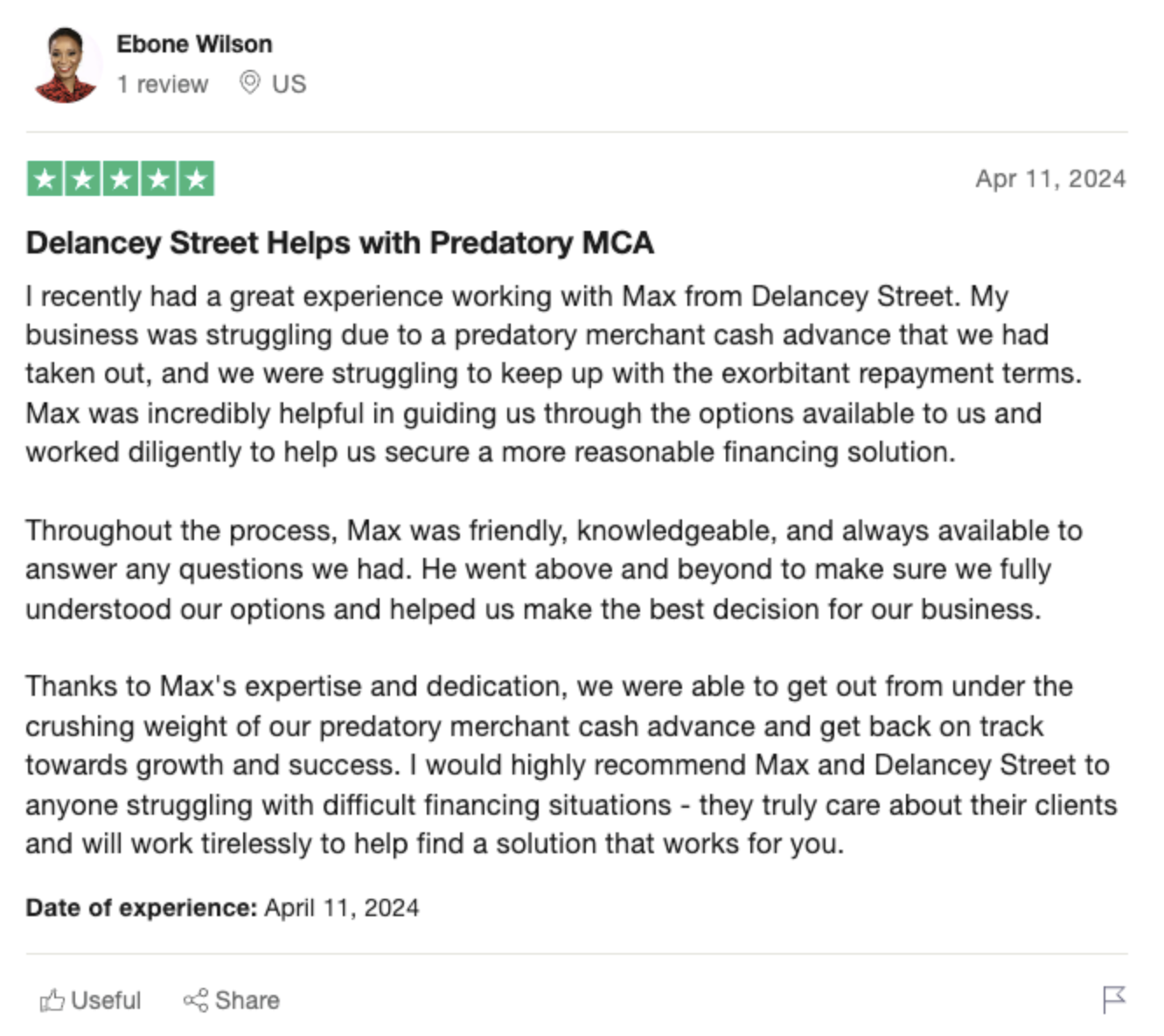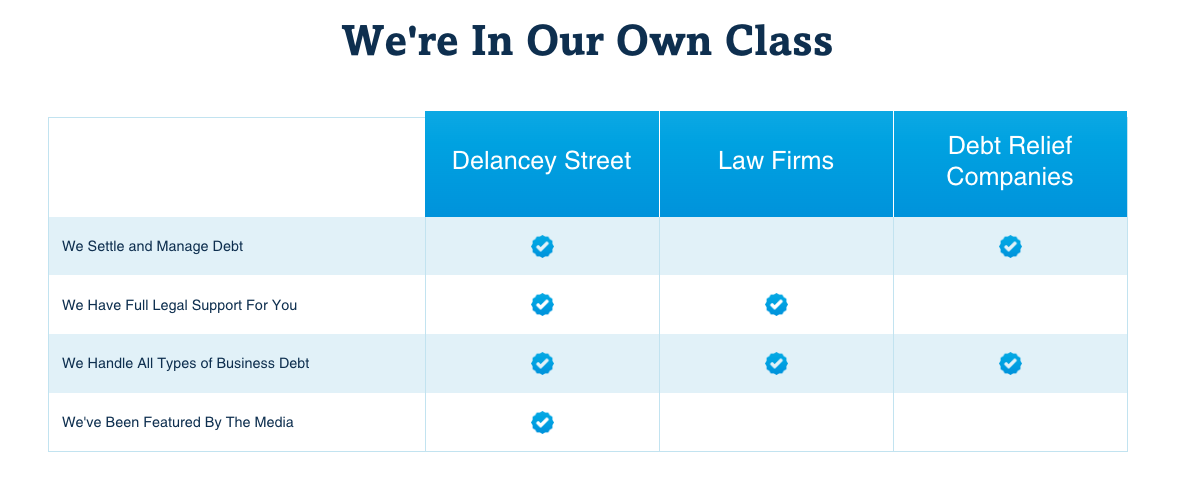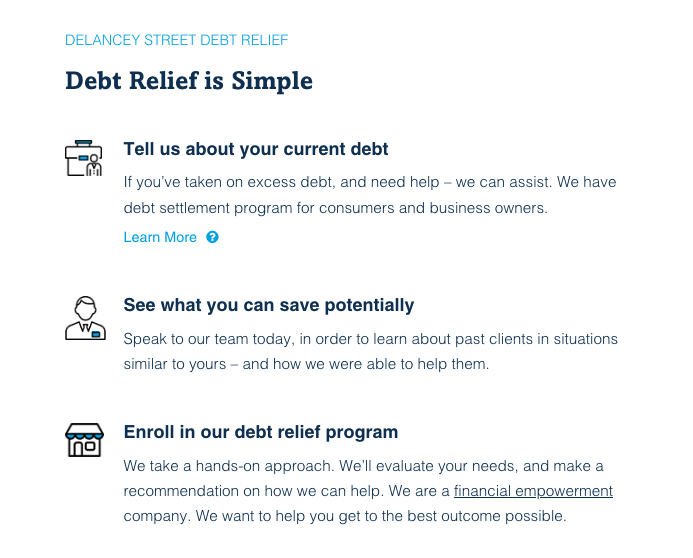How to Lower Your Monthly Auto Loan Payment
A high car payment can really put a squeeze on your monthly budget. I feel you – I’ve been there too. When you’re staring down a $500, $600, or even $700 monthly car payment, it can be really stressful trying to make ends meet.
But don’t panic! There are some smart money moves you can make to get some relief from that budget-busting car payment. In this article, I’ll walk you through some tried and true ways to lower your monthly auto loan payment and free up more cash each month.
 -
-Refinance Your Auto Loan
One of the best ways to lower your monthly car payment is to refinance your auto loan. When you refinance, you take out a new loan to pay off your existing one. The key is to get a lower interest rate so your monthly payments go down.
This strategy works best if your credit score has improved since you first got the loan. Say you bought your car when your credit score was 650, but now it’s 725. Those 75 extra points could mean qualifying for a much lower interest rate – maybe even cutting your rate in half!
To find the best rate, get quotes from multiple lenders like banks, credit unions, and online lenders. Compare all the loan estimates side-by-side and go with the lender offering the lowest interest rate and monthly payment. LendingTree makes it easy to compare quotes from up to five lenders at once.
Refinancing could potentially save you thousands of dollars in interest charges over the life of your loan. Just run the numbers to make sure the costs of refinancing don’t outweigh the savings.
 -
-Extend Your Loan Term
Extending your loan term is an easy way to get a lower monthly payment. Say you originally financed your car for 60 months (5 years). You could ask your lender to modify the loan to 72 or even 84 months instead.
Stretching out the loan term means you make fewer principal and interest payments each month. But keep in mind you’ll end up paying more interest over the entire loan period.
Run the numbers to see if it makes sense – you might save $100 or more per month, which could make a car payment much more affordable each month.
Make Extra Payments
Making an extra principal payment each month is a great way to pay off your loan faster and reduce the amount of interest you pay overall. Even an extra $50 or $100 can make a difference.
First, check your loan agreement to make sure there are no prepayment penalties. Then, make sure your lender applies any extra payments directly to the principal balance. Over time, you’ll pay off the loan faster and your regular monthly payments will be lower.
 -
-For an easy way to make extra payments, set up automatic transfers from your checking account to the auto loan each month or on your paydays. Even small amounts add up over time.
Re-Amortize the Loan
Here’s a cool trick: Ask your lender to re-amortize your loan. This recalculates your payment schedule based on your current loan balance, interest rate, and remaining term.
So if you’re already a year or two into your loan, and you’ve been making on-time payments, a portion of each payment goes toward principal. That means your outstanding balance is now lower than when you started. Re-amortizing takes that into account, and recalculates your payment.
 -
-Depending on how much principal you’ve paid off, re-amortizing could lower your monthly payment by $20, $30, maybe even $100 or more.
Refinance Your Car and Get Cash Back
Here’s a slick money move: Refinance your loan for more than what you currently owe, and get the difference in cash back. This is called a “cash-out refi.”
Say you owe $15,000 on your car loan, but qualify to refinance for $18,000. You’d get the $3,000 difference in cash, while your new loan balance would be $18,000.
While your payment would be a bit higher due to the larger loan amount, you could use that cash to pay down credit cards or other high interest debt. Just make sure to run the numbers – don’t extend your loan term too much, or the higher interest costs could eat away at the benefits.
Lower Your Interest Rate Without Refinancing
You may be able to get a lower interest rate from your current lender without doing a full refinance. Simply call up your lender’s customer service and ask nicely if they can reduce your rate.
It doesn’t hurt to ask! They may be able to knock off 0.5% or more. Over the life of your loan, that could save you a nice chunk of change.
You’re more likely to get approved if you have a track record of on-time payments with that lender. It shows you’re a reliable borrower. Plus, they want to keep you as a customer.
Buy Down Your Interest Rate
Some lenders let you “buy down” your interest rate by paying a lump sum upfront. Say your rate is 7%, but for a $1,000 fee, they’ll lower it to 6%. While that upfront cost seems steep, you may save more over the long run by paying less interest.
Crunch the numbers – factor in the upfront fee, your new interest rate, and how much the lower rate could save you each month. Only go for it if the buy down clearly saves you money in the end.
Take Out a Personal Loan
If your credit’s improved since you got your car loan, you may qualify for a lower-rate personal loan. Banks, credit unions, and online lenders like LendingClub offer personal loans with rates starting around 5-6% or even lower.
You could use funds from a personal loan to pay off your existing auto loan balance. Then you’d just have the new personal loan payment, which could be much lower thanks to the better interest rate.
Just make sure to get a personal loan big enough to pay off your car loan balance completely – you don’t want two loans at once.
Refinance With a Co-Signer
If your credit isn’t quite good enough to snag the lowest rates, ask a family member or friend with excellent credit to co-sign on a refinance. Their stellar credit could help you qualify for a much lower rate.
Just make sure to pay the loan on time every month – a single late payment could also damage their credit.
Shop for the Best Auto Loan Rates
Before you buy your next car, shop around for the best loan rates and terms. Getting pre-approved by multiple lenders is the key to saving big.
Check rates from banks, credit unions, and online auto lenders like LendingTree. And don’t just look at interest rates – make sure to compare loan terms, fees, and other costs too.
Going with the lender offering the lowest rate and monthly payment could save you thousands over the loan term. The less interest you pay, the more money stays in your pocket.
Put More Money Down
Before purchasing your next car, save up to make a larger down payment of 10-20% or more. The more you put down upfront, the smaller your loan amount will be.
With a lower principal balance, your monthly payments will be lower too. Plus, you’ll pay less interest over the loan term since your balance will be lower from day one.
Choose a Longer Loan Term
When applying for a new auto loan, opt for longer loan terms like 72 or 84 months. Stretching out the loan over more months means the payments are smaller.
Now this strategy does have some drawbacks – you’ll likely pay more overall in interest fees over the life of the longer-term loan. But lower monthly payments help free up cash flow now, when you need it most.
Buy a Cheaper Car
Before you purchase your next set of wheels, set an affordable budget and stick to it. Buying a less expensive used car means you’ll need to borrow less money.
The lower the loan amount, the lower your monthly payments will be. Plus you’ll save on sales tax, insurance, gas, and maintenance costs down the road.
Shop around and get pre-approved for a loan before falling in love with any car. That keeps your spending in check right from the start.
Use a Debt Consolidation Loan
If you have good credit, a debt consolidation loan could help lower your total monthly payments. This type of personal loan lets you consolidate high-interest debts into one lower-rate loan.
You could roll your existing auto loan balance into a debt consolidation loan, along with any credit card balances or other loans. With a lower interest rate, your total monthly payment could decrease significantly.
Just make sure the loan amount covers your full auto loan payoff. And commit to paying off the new consolidated loan on time each month.
Lower Your Auto Insurance Costs
Finding cheaper car insurance can help offset your monthly auto loan payment. Ask your insurer for any discounts – taking a defensive driving course could score you 5-15% off.
Raising your deductible from $500 to $1,000 could save up to 40%, but make sure you have that much cash saved in case you need to pay the deductible.
Comparison shop rates from insurers like Geico, Allstate, and Progressive at least once a year. With just an hour of effort, you could reduce your premium by hundreds.
Sell Your Car
If your budget is drowning from a high monthly payment, selling your car is the fastest way to slash expenses. You can pay off the loan with proceeds from the sale, then get a cheap used car with no monthly payment.
Or, try going car-free if that’s a possibility based on your lifestyle and location. You’ll save a bundle on car payments, gas, insurance, parking fees and maintenance.
Selling your car frees up massive amounts of cash flow each month. Just make sure to line up transportation alternatives first.
Lower Your Interest Rate With AutoPay
Many lenders offer interest rate discounts for setting up automatic payments, usually called AutoPay. The discount is typically around 0.25% to 0.50%.
While that may not seem like much, it can add up to meaningful savings over the loan term. And you don’t have to do anything after setup – payments are made automatically each month.
Just make sure you have enough in your linked checking account to cover the payment every month. If the payment bounces, you could lose the discount.
Pay Off Other Debts
Pay down credit cards, personal loans, and other debts to free up cash flow every month. The less you’re shelling out for monthly debt payments, the easier it is to afford your auto loan payment.
Start by paying off debts with the highest interest rates first, while making minimum payments on all other accounts. Once the first debt is paid off, roll that payment amount onto the next highest debt.
This debt avalanche method helps you pay off debt fast. Over time, you’ll have fewer monthly payments and more money to put toward your auto loan principal.
Lower Your Interest Rate by 1%
You may be able to shave 1% or more off your interest rate simply by asking. Reach out to your lender’s customer service and explain you’re looking for options to reduce your rate. Here are some tips:
- Highlight your on-time payment history and longstanding relationship with the lender. This shows you’re a reliable borrower they want to keep.
- Ask specifically for a 1% rate reduction. Start by requesting the full 1%, then negotiate from there.
- Mention you’re considering refinancing with another lender offering lower rates, but would prefer to stay if they can match.
- Have your credit score and financial details ready to provide if needed.
- Research current market rates so you can reference competitive offers.
- Ask about any rate discounts for enrolling in autopay or paperless statements.
- Be persistent and polite. Ask to speak to a supervisor if needed.
With some negotiation and persistence, you may be surprised at the interest rate reduction they’re willing to provide. It never hurts to ask!
Here are some additional tips for getting your auto loan interest rate reduced:
- Check your credit report and score to make sure everything is accurate. Errors could be causing you to pay a higher rate.
- Ask about loyalty discounts for being a long-time customer.
- See if you qualify for any rate discounts by setting up autopay or going paperless.
- Consider refinancing for a lower rate if your lender won’t negotiate. Compare rates from banks, credit unions, and online lenders.
- Putting 20% or more down when purchasing a new car could help you qualify for the lowest rates.
- If your credit has improved, provide updated credit reports to your lender to request a new rate.
Being persistent and providing documentation to back up your request will give you the best shot at getting approved for a lower interest rate. Even a small reduction can save you hundreds over the loan repayment period.







